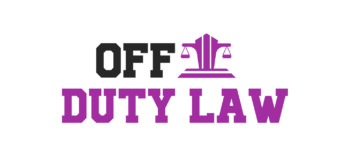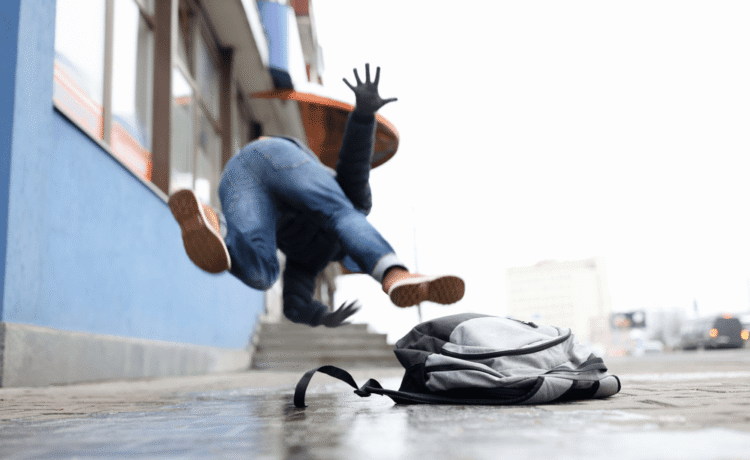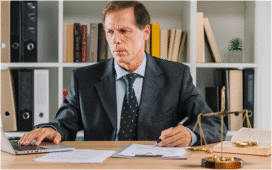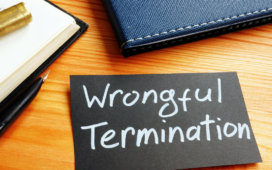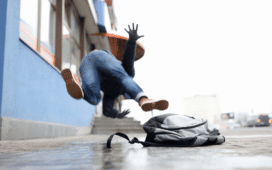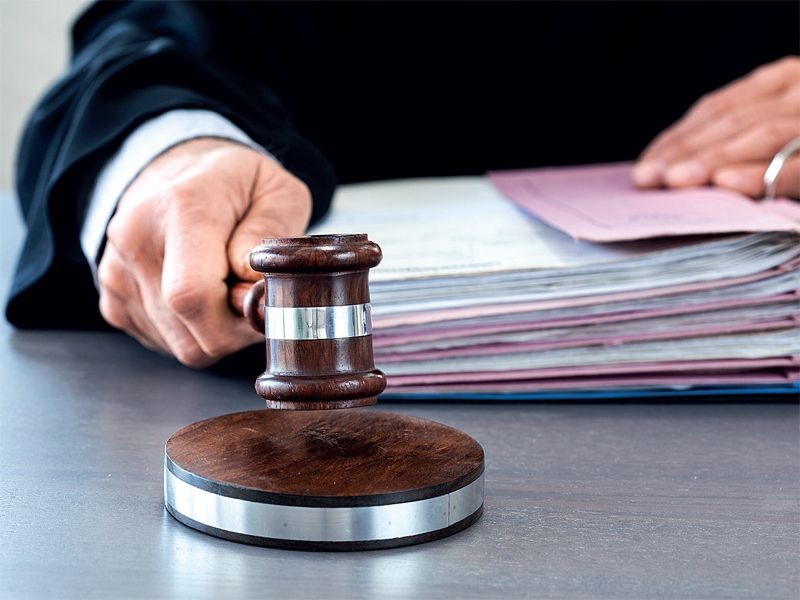A quick grocery run on Ventura Boulevard or a late-night stop at a Valley strip mall shouldn’t end in an ambulance ride. Yet slip and fall accidents remain one of the most common causes of injury claims in the San Fernando Valley. The combination of busy retail aisles, older buildings, hot-to-sudden-rain weather swings, and high pedestrian traffic creates predictable hazards. This article breaks down the risks that lead to falls, how liability is decided under California law, the damages victims can recover, and why routine property maintenance is the unsung hero of prevention. Drawing on the experience of San Fernando Valley Slip Lawyers at HHT Law Firm, it aims to give residents and business owners clear, practical guidance.
Hazards that frequently cause slip and fall injuries
A slip or trip seems simple, but the cause rarely is. In the Valley’s mix of older storefronts and new developments, common patterns emerge.
Everyday hazards seen by local attorneys
- Wet floors from recent mopping without proper signage, especially on glossy tile at grocery entrances.
- Spilled liquids or produce in markets and restaurants, think smoothie drips, salsa, or melting ice near self-serve stations.
- Rainwater tracked in during sudden showers: entry mats missing, saturated, or flipped.
- Sidewalk uplift from tree roots in residential neighborhoods and along busy corridors like Magnolia or Ventura.
- Grease or soap overspray near loading docks, car washes, and commercial kitchens.
- Loose or buckled carpets, uneven transitions between flooring types, and curled mat edges.
- Poor lighting in parking lots and stairwells, hiding elevation changes or debris.
- Code-related issues on stairs and ramps: lack of handrails, irregular risers, slick nosings, or excessive slope.
- Algae or moss from irrigation overspray along walkways and HOA paths.
A quick, real-world snapshot
Consider the person who slips on a clear puddle near a market’s produce misting area in Sherman Oaks. If the store’s last documented floor check was over an hour ago during a weekend rush, that gap can be the difference between a “freak accident” and constructive notice of a hazard. San Fernando Valley Slip Lawyers see this scenario often, high traffic, foreseeable spills, and inspection intervals that don’t match foot traffic.
Why local context matters
The Valley’s weather pattern, months of dry heat followed by brief bursts of rain, creates surfaces that become unusually slick when the first rain lifts oil and grime. Add outdoor dining nooks, aging strip-mall tiles, and heavy evening foot traffic, and the risk landscape is set unless owners actively manage it.
Determining liability for unsafe property conditions
In California, premises liability is grounded in Civil Code §1714: everyone has a duty to use reasonable care to prevent harm. For property owners and occupiers, that translates to inspecting, repairing, and warning about dangerous conditions. Categories like “invitee” or “licensee” don’t control the analysis here, the question is reasonableness.
The legal test in California
To win a slip and fall claim, a plaintiff typically must show:
- The defendant owned, leased, occupied, or controlled the property.
- The defendant was negligent in the use or maintenance of the property (failed to inspect, repair, or warn).
- The plaintiff was harmed.
- The defendant’s negligence was a substantial factor in causing that harm.
Notice drives many outcomes
Actual notice (the owner knew) or constructive notice (the owner should have known) is key. In Ortega v. Kmart (2001), the California Supreme Court recognized that unreasonably long inspection intervals can support constructive notice of a spill. In practice, that means:
- Inspection logs, “sweep sheets,” and video footage matter a lot.
- Busy periods require more frequent checks: set-and-forget schedules can be unreasonable.
- Recurrent hazards (like routine leaks or puddles near ice bins) demand heightened precautions.
Comparative fault doesn’t end the case
California follows pure comparative negligence. If a shopper was looking at a phone or wore slick-soled shoes, a jury may assign a percentage of fault, but that reduces, rather than eliminates, recovery. “Open and obvious” dangers can also reduce fault, yet owners still have a duty to take reasonable steps when harm is foreseeable.
Special venues and deadlines
- Government property: Claims against cities, counties, or agencies (for example, a fall at a Metrolink platform or city park) require a government claim within six months (Gov. Code §911.2) before filing suit.
- Landlord–tenant: Landlords generally must maintain common areas: liability can extend to known defects inside units if the owner had notice and a reasonable chance to fix them.
- Contractors and vendors: Janitorial companies or third-party maintenance providers may share responsibility when their work creates or fails to remedy hazards.
Evidence that moves the needle
Photos taken immediately, witness statements, incident reports, employee communications, weather data, and footwear details all matter. Experienced counsel, such as HHT Law Firm, often sends prompt preservation letters to secure surveillance video and maintenance records before they disappear.
Medical and financial damages available to victims
Slip and fall cases run the gamut from sprained wrists to life-changing traumatic brain injuries. Damages aim to make the injured person whole, as much as money can.
Economic damages
- Past and future medical expenses: ER visits, imaging, surgery, physical therapy, injections, medications, durable medical equipment, and long-term rehabilitation or home health.
- Lost wages and benefits: Time off work, reduced hours, and missed opportunities: for serious injuries, diminished future earning capacity.
- Out-of-pocket costs: Transportation to treatment, co-pays, home modifications, and replacement services (childcare, housekeeping) tied to the injury.
Non-economic damages
- Pain, suffering, and inconvenience.
- Emotional distress, loss of enjoyment of life, and disfigurement or disability.
Other potential recoveries
- Property damage (phones, glasses, watches damaged during the fall).
- In rare cases, punitive damages, only where conduct amounts to malice, oppression, or fraud.
- Wrongful death damages if a fall is fatal, brought by eligible heirs.
Documenting losses
Medical records and bills, employment documentation, a symptom journal, and photos of bruising, swelling, or assistive devices help substantiate claims. Where health insurers or Med-Pay are involved, liens and reimbursement rights must be managed carefully. San Fernando Valley Slip Lawyers often work with life care planners and vocational experts in high-value cases to quantify future needs.
Property owner responsibilities under California law
California doesn’t demand perfection, just reasonable care under the circumstances. What’s “reasonable” depends on the property, its use, and foreseeable risks.
Reasonable care in practice
- Routine inspections calibrated to traffic levels and known trouble spots.
- Prompt remediation: clean spills, cone off wet areas, fix loose tiles, replace curled mats.
- Effective warnings: clear, conspicuous signage that actually covers the hazard zone.
- Lighting and visibility: maintain bulbs, address glare and shadows in parking lots and stairwells.
- Stairs and walkways: keep handrails secure, treads intact, and surfaces slip-resistant.
Codes and standards
Violations of the California Building Code or industry standards can support negligence findings. ADA accessibility standards, while not a direct personal-injury damages statute, can inform what reasonable safety measures look like in public accommodations. Evidence Code §669 (negligence per se) may apply where a safety statute or regulation is violated and causes the kind of harm it was designed to prevent.
Recordkeeping matters
Inspection logs, maintenance work orders, vendor contracts, and video retention policies are often decisive. Consistency counts: if a store claims 30-minute floor checks, the log should match reality. HHT Law Firm routinely scrutinizes these materials to assess whether reasonable care was actually practiced, not just promised.
